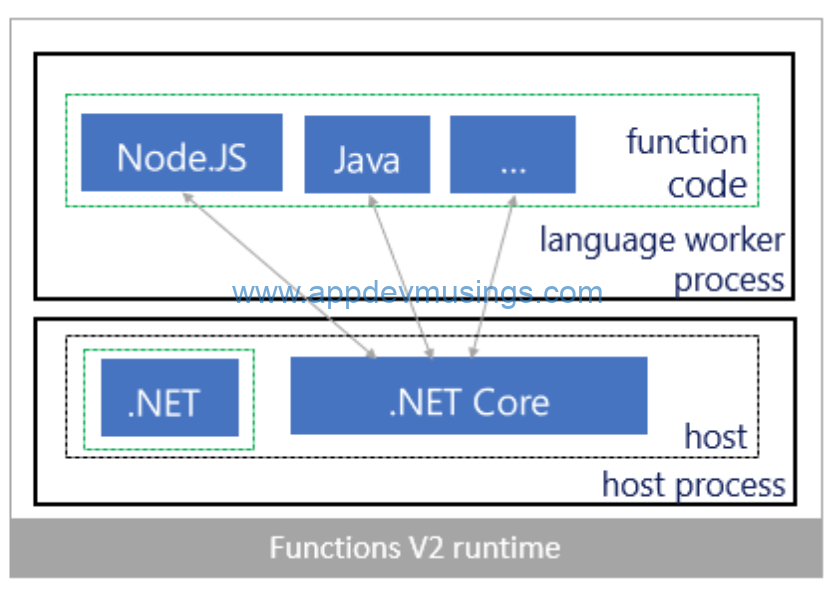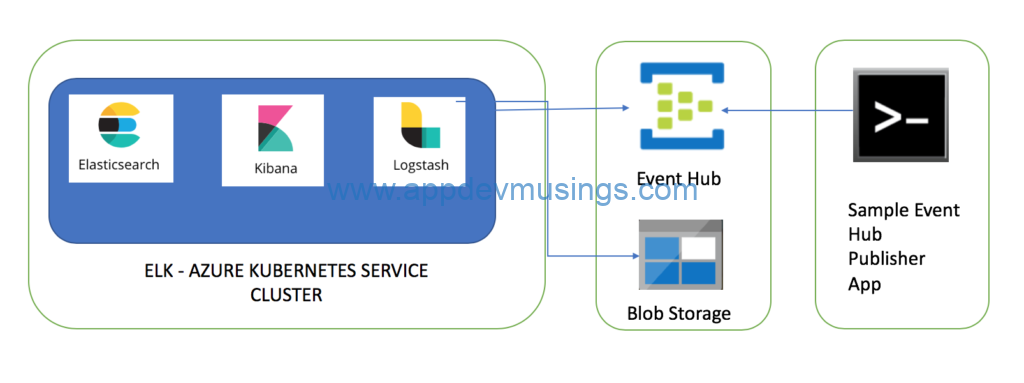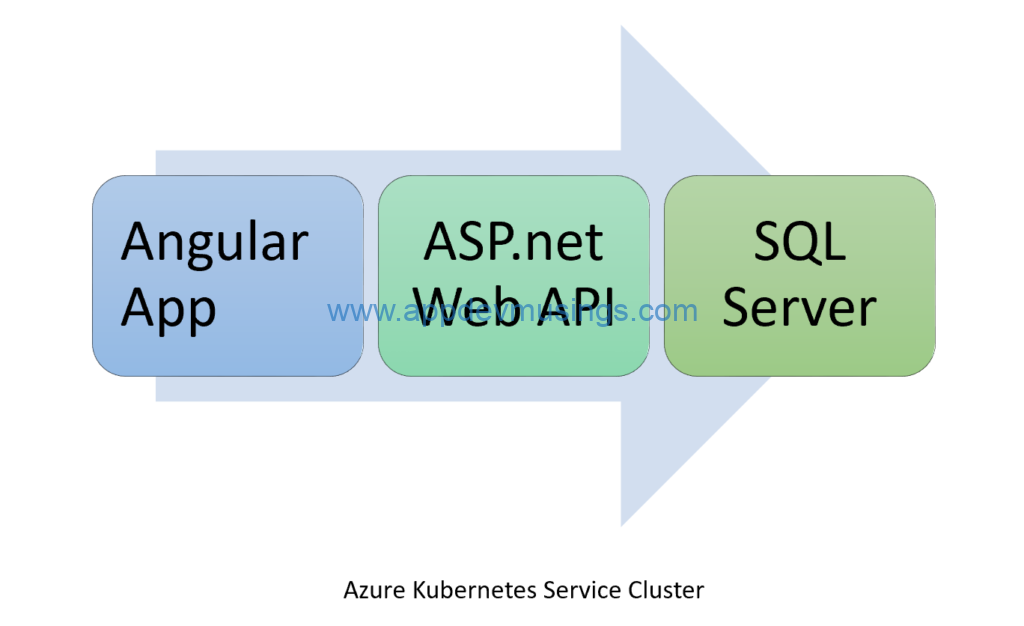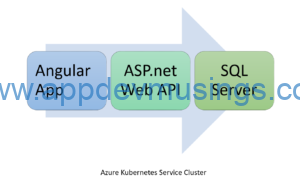Azure Functions is a serverless compute service that enables you to run code on-demand without having to explicitly provision or manage infrastructure. You can read about Azure Functions 2.0 general availability @ Introducing Azure Functions 2.0. Runtime 2.0 runs on .NET Core 2, which means it can run on all platforms supported by .NET Core, including macOS and Linux. This enables cross-platform development and hosting scenarios.
In this article I am going to
- Create Azure Functions triggered by Azure Blob storage and Event hub in Visual Studio Code
- Debug locally in Visual Studio Code
- Deploy Azure Functions to Azure Kubernetes Service
Dev tools used to develop these components are Visual Studio Code for macOS, Docker, AKS Dashboard and kubectl.
Continue reading “Azure Functions 2.0: Create, debug and deploy to Azure Kubernetes Service (AKS)”







